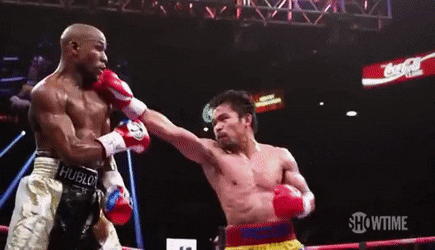Not clear, but not clearly erroneous
March 3, 2020 J&J Sports v. Enola Investments, a dispute about an unauthorized broadcast of the most recent “Fight of the Century” (Mayweather v. Pacquiao in 2015) led to a muddled record as to how the bar in question rebroadcast the fight:
J&J Sports v. Enola Investments, a dispute about an unauthorized broadcast of the most recent “Fight of the Century” (Mayweather v. Pacquiao in 2015) led to a muddled record as to how the bar in question rebroadcast the fight:
“There is conflicting evidence about how the Lounge broadcast the Fight. Small claimed that an employee streamed the Fight over the internet, but J & J’s investigator testified that internet streaming typically results in lower quality video than the high definition broadcast he saw at the Lounge. J & J’s corporate representative also testified that the Fight was not available to commercial establishments via internet streaming. But J & J’s investigator muddled the waters by stating that he did not see cable or satellite equipment at the Lounge. And now, on appeal, defendants claim that the Lounge received the Fight via cable because Enola maintained a business account with Comcast. The only undisputed evidence is that the Fight was originally transmitted via satellite.”
This record required affirmance under the applicable standard: “The district court thus had several plausible options to choose from—satellite, internet, or cable. And when ‘there are two permissible views of the evidence, the fact-finder’s choice between them cannot be clearly erroneous.'” (citations omitted). No. 19-20458 (Feb. 28, 2020, unpublished).